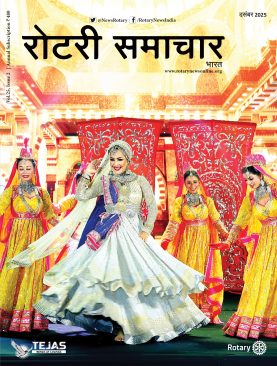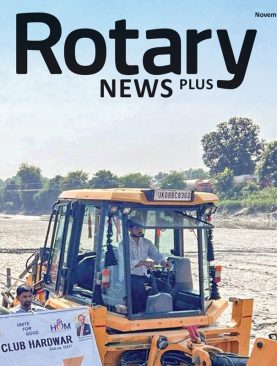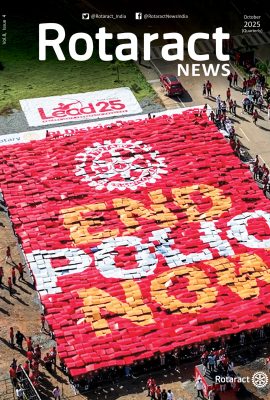
North India, or at least the part of it that lies to the north of Agra, has invented many foods, especially after partition in 1947. Butter chicken. Kulcha a la aloo, ie stuffed kulchas. Chow mein avec tadka, which was our revenge against the Chinese for mauling us in the 1962 war. (Avec means ‘with’ in French, by the way). Dosas stuffed with kheema, which was a specialty of the Coffee House in Delhi. I think it reminded the Keralites who ran it of their kothu parottas back home. And in the 1980s a friend told me that Indian Airlines even tried putting kheema in idlis. Ouch!

It’s quite a long list to which, I am sure you too can add a few items. Suffice it to say that in most cases (like butter chicken) it wasn’t gourmet experimentation. It was quite simply proof of the old adage that necessity is the mother of invention. My own favourite was the bun omelette. This is a super fast food, prepared in about two minutes on a street cart. It was our saviour when we were students in Delhi University. It consisted of two eggs beaten viciously and sautéed in a small lake of Dalda taken out of a battered and often rusted canister. Though onions were extra, the huge dollop of Polson butter was free. It was a full meal for less than a rupee. Carbs, fat and protein, all for about 50 paise. It was also heaven on earth. My mouth is watering as I write this.
Another place where this heaven could be found was the Bina railway station between Jhansi and Bhopal. It had a breakfast halt of about 30 minutes for trains passing through between 7 and 10am. There was a medium-sized dining room on the platform where you could go and sit down for a proper breakfast while the train waited. That diner also prepared exquisite breakfasts with eggs to order and toast for free. Price one rupee. But alas there were no buns. Railway imagination didn’t extend that far. The breakfast poori-aloo at the Nizamuddin station restaurant in Delhi was a secret place that my brother and I kept to ourselves. He lived close by and would sneak off to the station to add a few more calories. At home he ate only cucumber.
But the North Indian railway stations had close competition from other places in India. The bondas of Karjat and Godhra, the usal paav outside the Baroda station, the massive vadas at the Vijayawada station’s dining room, the khichdi at Madurai station, all competed for travellers’ attention. You had to be a frequent ‘trainer,’ so to speak, to have this specialised knowledge. Frequent fliers, in contrast to frequent trainers, miss out on the mind-boggling diversity of Indian cuisine. When I tell my wife about these delights she says it’s the lack of hygiene that adds to the flavour. I think she is right. Today railway stations are dreary places not just because of the massive crowds but also because there’s virtually no food available there.
It wasn’t just at the stations, though. Until 1975 you could get top class food on board the trains as well. They used to have dining cars where freshly cooked food from the kitchen cars was served at your table. Plus, the waiters were in clean uniforms. Imagine eating a full five- course meal out of proper china crockery and steel cutlery while India, in all its splendour, slid by. But there was a trick to this. It was to avoid early breakfast because otherwise you would see a lot of morning rituals being performed by the tracks. India in those days was inside the trains and Bharat was outside. Both ignored each other and calmly carried on.





